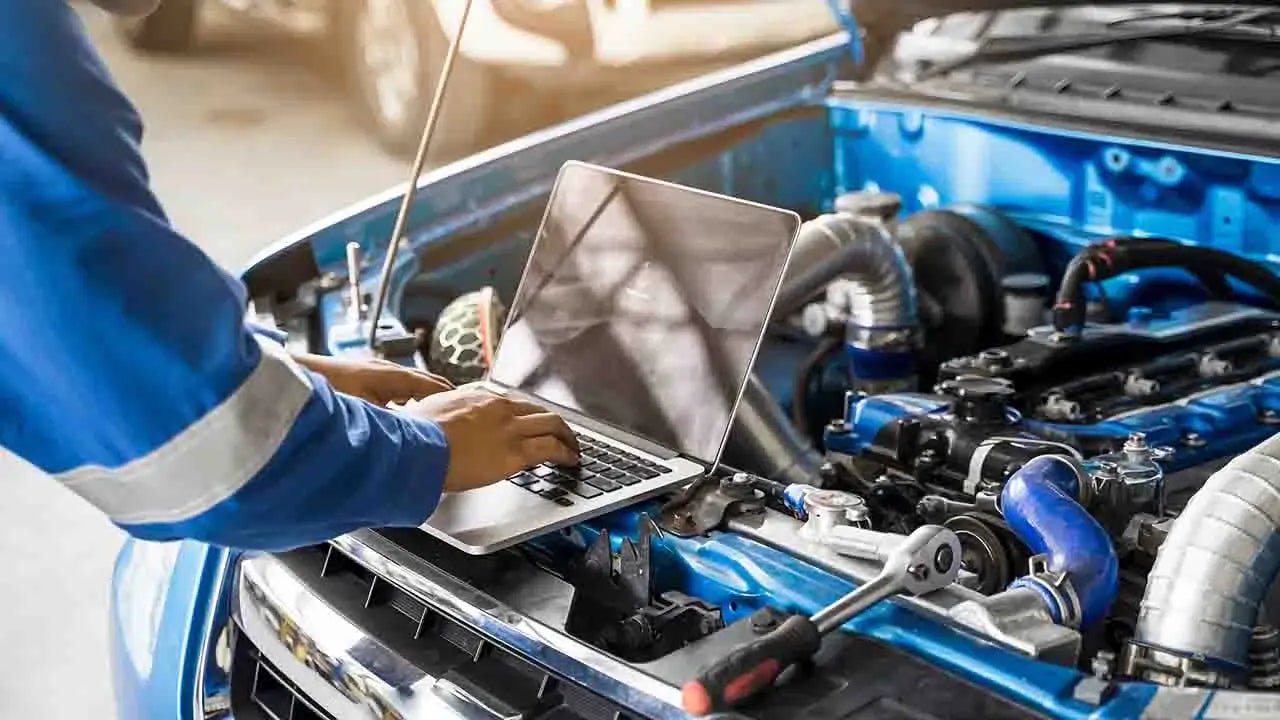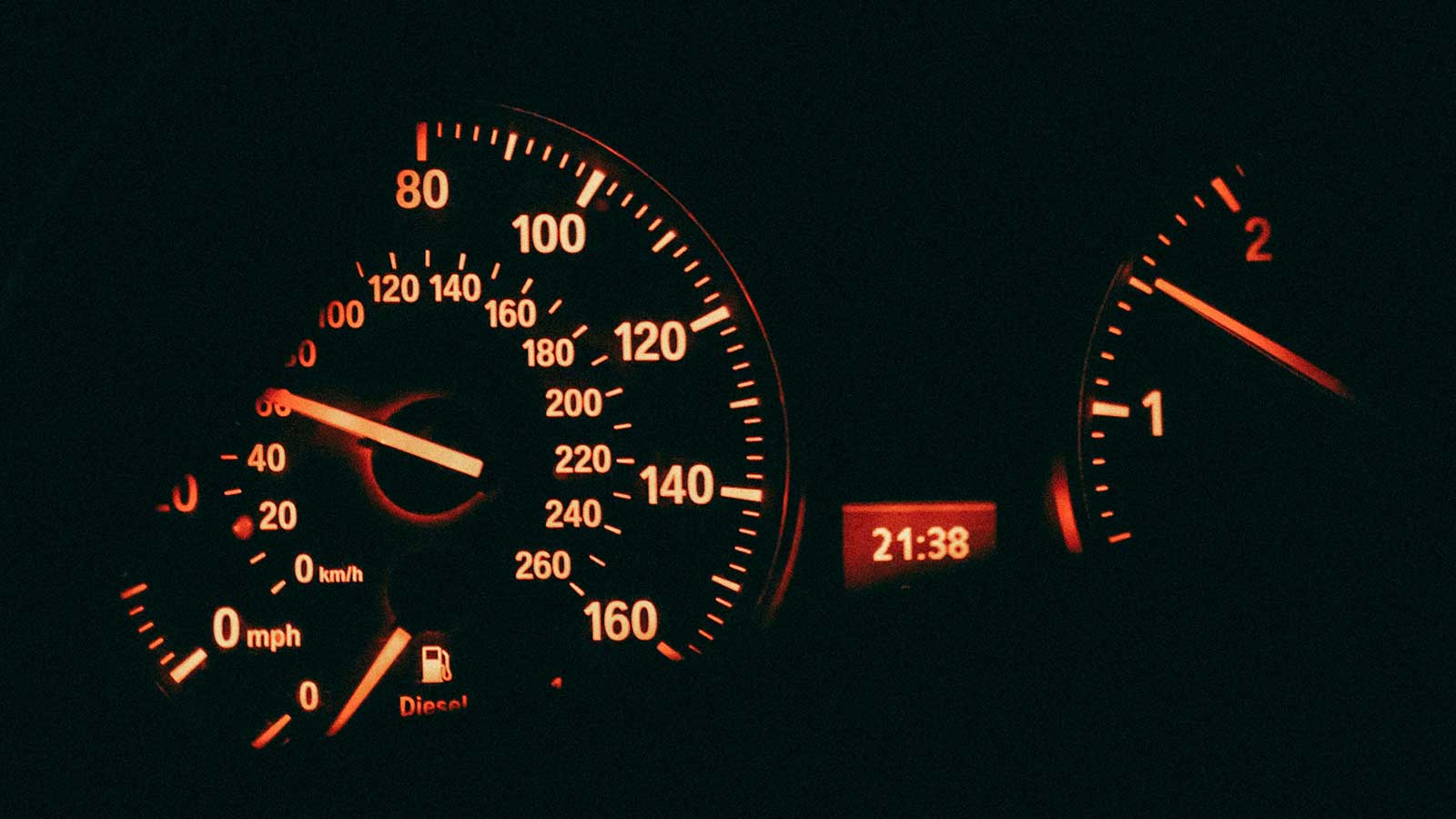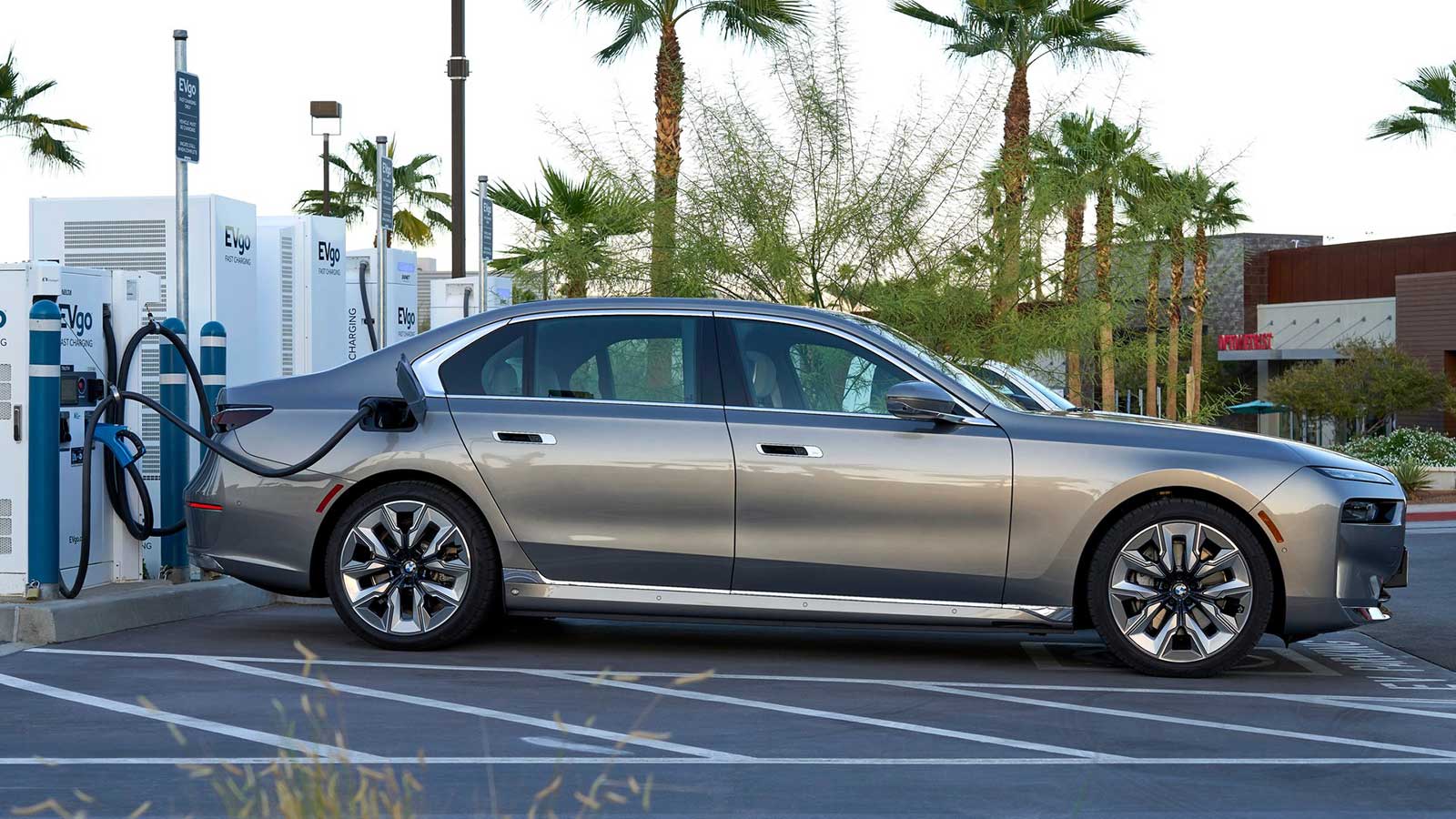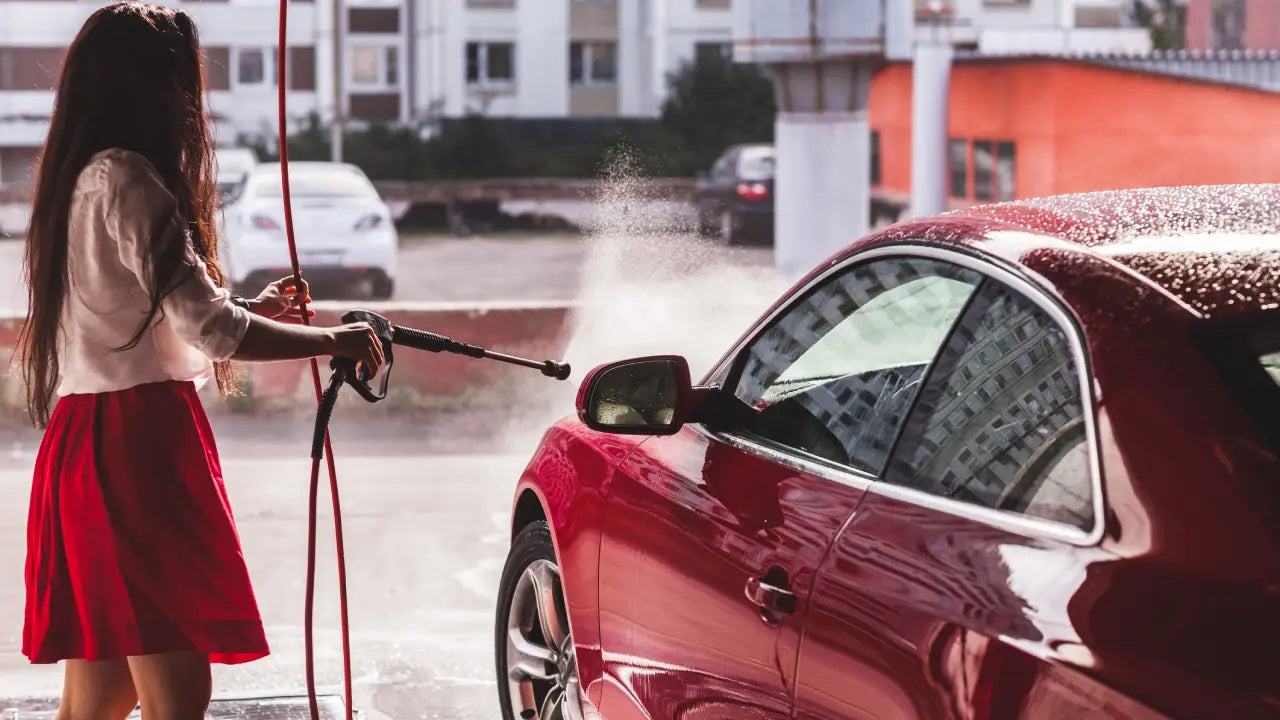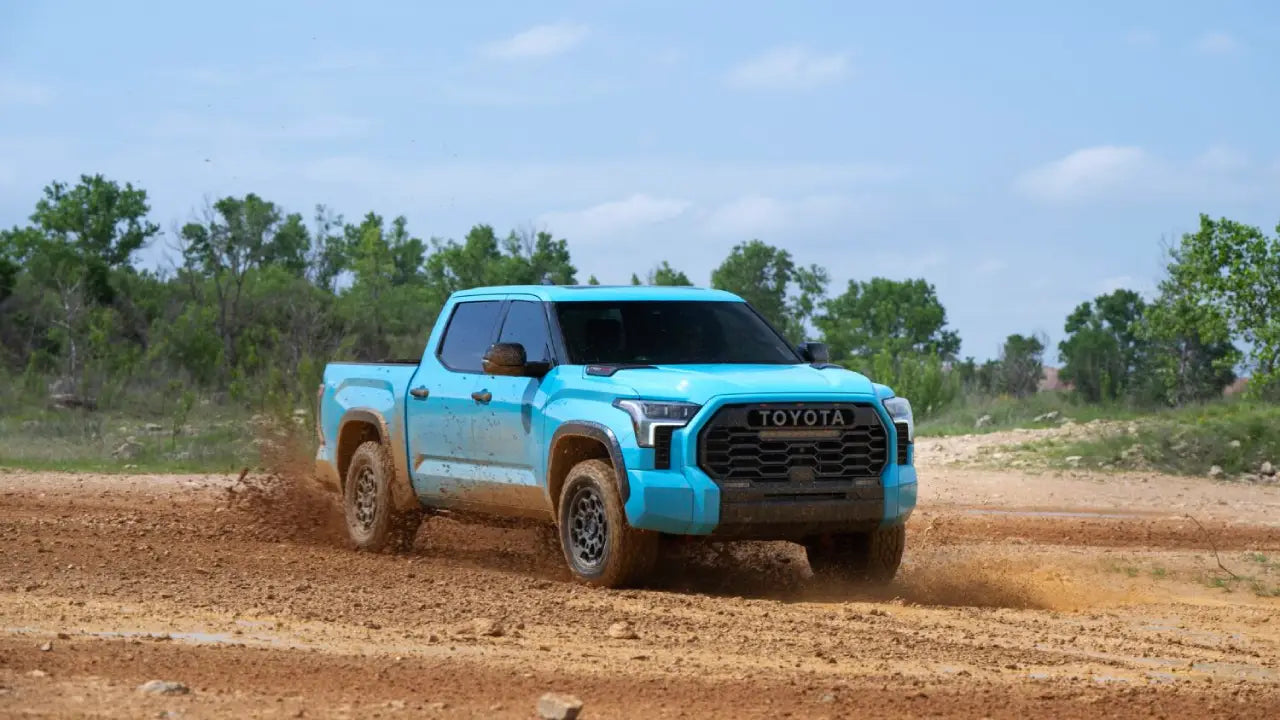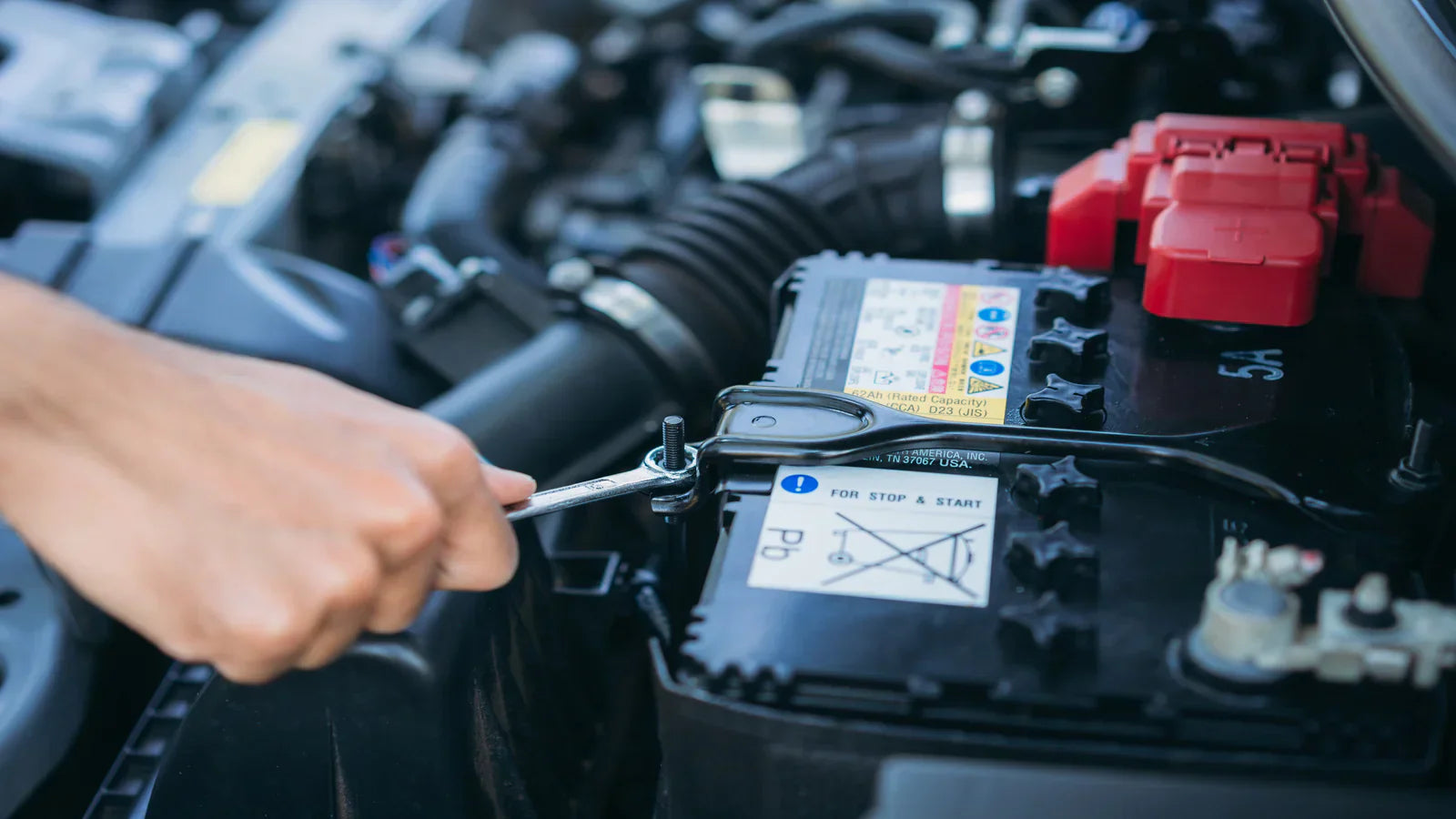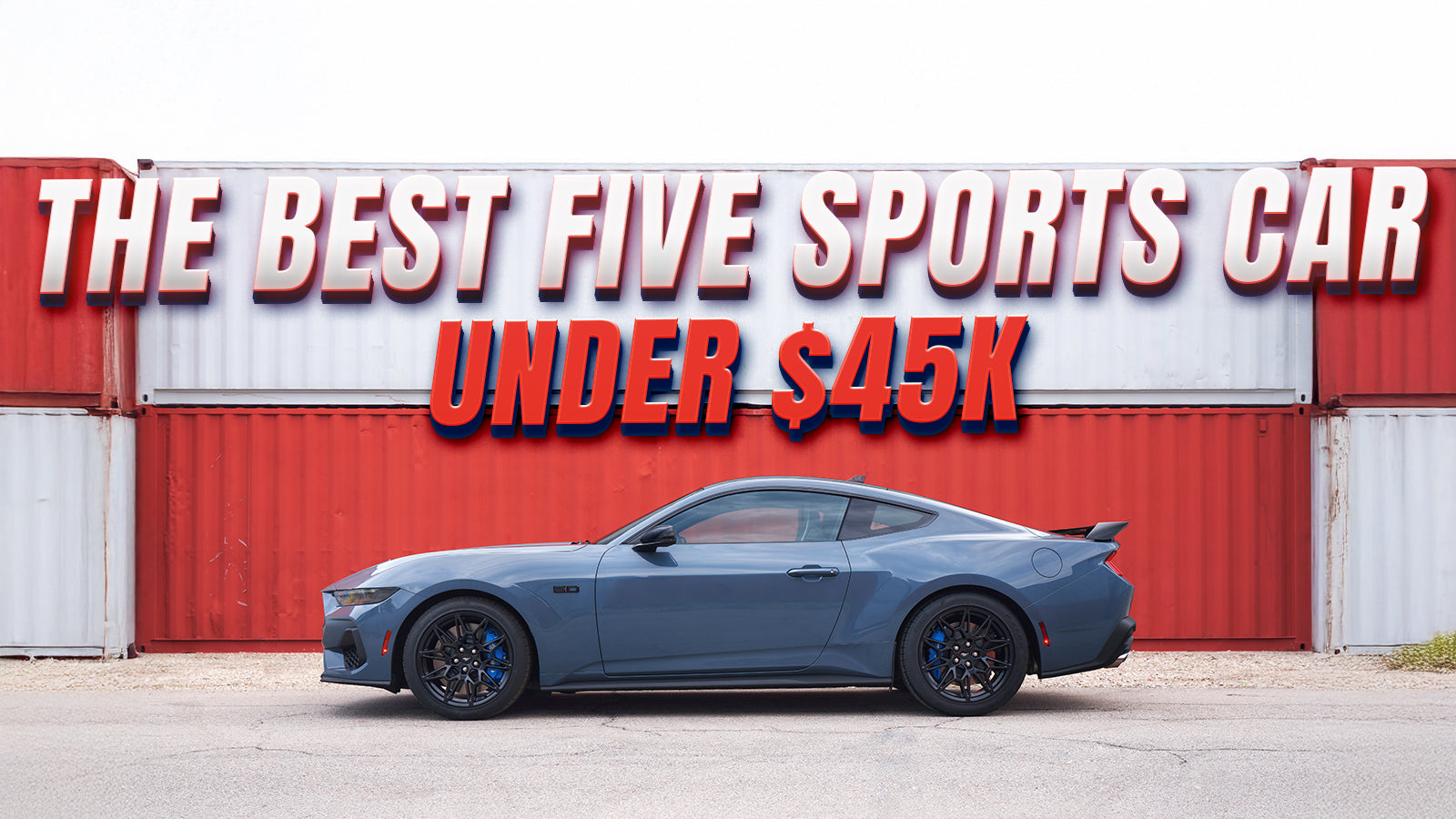Eine der aufregendsten Möglichkeiten, ein Serienauto in eine leistungsstarke, schnelle Maschine zu verwandeln, ist das Tuning. Durch die Neuzuordnung der Motorsteuerung und den Einbau zusätzlicher Komponenten können Autotuning-Enthusiasten ihre Fahrzeuge optimieren. Die Wahrheit ist, dass eine schlecht gespielte Abstimmung mehr schaden als nützen kann. Viele Fahrer sind sich dessen nicht bewusst, aber sie machen Fehler, die die Leistung ihres Motors beeinträchtigen, was zu teuren Reparaturen oder sogar einem katastrophalen Ausfall führen kann.
In dieser ausführlichen Anleitung gehen wir durch die häufigsten Fehler beim Autotuning, die den Motor beschädigen und, noch wichtiger, wie man sie vermeidet , so Sie können das wahre Potenzial Ihres Fahrzeugs sicher freisetzen.
Überschätzung der Motorleistung
Eines der schlimmsten Dinge, die Tuner tun können, ist, einen Motor zu überfordern. Die Innenteile eines Serienmotors, einschließlich Kolben, Pleuelstangen und Kurbelwellen, sind für eine bestimmte Leistung ausgelegt. Zu viel Turbolader oder zu fette Kraftstoffkennfelder ohne Austausch dieser Teile können zu Klopfen, verbogenen Pleuelstangen oder einem vollständigen Motortod führen.

So vermeiden Sie es
-
Informieren Sie sich vor dem Tuning über die zulässigen Leistungs- und Drehmomentgrenzen Ihres Motors.
-
Wenn Sie hohe Gewinne anstreben, investieren Sie in geschmiedete Innenteile und unterstützende Modifikationen
-
Verwenden Sie Prüfstandstests, um sichere Leistungssteigerungen zu messen, anstatt zu raten
Ignorieren des richtigen Luft-Kraftstoff-Verhältnisses
Die Erhöhung des Luftstroms (durch Turbolader, Ansaug- und Auspuffanlagen) ist bei der Leistungsoptimierung üblich. Wenn Sie jedoch die Kraftstoffmischung nicht ändern, kann es passieren, dass der Motor zu mager (zu wenig Kraftstoff) oder zu fett (zu viel Kraftstoff) fährt. Zu mageres Gemisch kann dazu führen, dass der Motor überhitzt und vorzeitig startet, während zu fettes Gemisch die Zündkerzen verschmutzen und die Motoreffizienz verringern kann.
So vermeiden Sie es
-
Arbeiten Sie mit einem professionellen Tuner zusammen, der sich mit AFR-Anpassungen auskennt
-
Verwenden Sie Breitband-Sauerstoffsensoren, um Ihr Gemisch während der Abstimmung genau zu überwachen
-
Testen und optimieren Sie die Karten immer auf einem Prüfstand, anstatt Anpassungen zu erraten
Überspringen unterstützender Upgrades
Ein häufiger Fehler besteht darin, einen riesigen Turbolader oder Leistungschip einzubauen, ohne wichtige Teile wie Einspritzdüsen, Ladeluftkühler oder Kupplungen auszutauschen. Dies verlangsamt den Aufbau, belastet den Motor und macht ihn weniger zuverlässig.

So vermeiden Sie es
-
Behandeln Sie Tuning als systemweites Upgrade, nicht nur als einzelne Modifikation
-
Rüsten Sie Kraftstoffpumpen, Einspritzdüsen und Kühlkomponenten sowie Leistungsteile auf
-
Stellen Sie sicher, dass der Antriebsstrang und die Bremsen die erhöhte Leistung bewältigen können
Schlechte Qualität der ECU-Tunes oder „Einheitsgrößen“-Karten
Das Herunterladen einer generischen ECU-Karte oder die Verwendung eines ungeprüften tragbaren Tuners kann verheerende Folgen haben. Diese Standardeinstellungen berücksichtigen nicht die individuellen Fahrzeugbedingungen, die Kraftstoffqualität oder andere Anpassungen, was zu einer inkonsistenten Motorleistung führt.

So vermeiden Sie es
-
Wählen Sie immer einen seriösen Tuner mit Erfahrung mit Ihrem spezifischen Fahrzeugmodell.
-
Fordern Sie eine individuelle Leistungsprüfstandsabstimmung anstelle vorinstallierter Karten an
-
Regelmäßig nach Software-Updates suchen oder nach größeren Änderungen neu einstellen
Vernachlässigung von Kühlung und Schmierung
Höhere Leistung bedeutet höhere Hitzeentwicklung. Ohne ausreichende Kühlung können Ölzersetzung und Überhitzung einen Motor schnell zerstören. Ebenso kann die Verwendung minderwertiger oder falscher Ölsorten unter getunten Bedingungen zu erhöhter Reibung und Verschleiß führen.

So vermeiden Sie es
-
Installieren Sie verbesserte Kühler, Ölkühler und Ladeluftkühler für einen Hochleistungsaufbau
-
Verwenden Sie leistungsstarkes synthetisches Öl, das für aufgeladene oder getunte Motoren geeignet ist
-
Überwachen Sie bei sportlicher Fahrt regelmäßig die Kühlmittel- und Öltemperatur
Getriebe- und Antriebsstranggrenzen übersehen
Viele Tuner konzentrieren sich ausschließlich auf die Motorleistung und vergessen dabei, dass auch Getriebe, Achsen und Differentiale Grenzen haben. Mehr als 100 PS mehr Leistung ohne Verstärkung dieser Teile führen oft zu rutschenden Kupplungen, gebrochenen Achsen oder Getriebeausfällen.
So vermeiden Sie es
-
Rüsten Sie Kupplung, Getriebe und Differential auf, wenn Sie eine deutliche Leistungssteigerung planen
-
Verwenden Sie die richtigen Übersetzungsverhältnisse, die auf die neue Leistungsabgabe abgestimmt sind
-
Erwägen Sie Sperrdifferentiale für eine bessere Leistungsabgabe und Traktion
Unterlassene regelmäßige Wartung nach der Feinabstimmung
Getunte Motoren müssen härter arbeiten als Serienmotoren und erfordern daher häufigere Inspektionen und Wartungen. Vernachlässigte Zündkerzen, Filter und Flüssigkeitswechsel beschleunigen den Verschleiß und können die Lebensdauer des Motors verkürzen.

So vermeiden Sie es
-
Halten Sie einen strengeren Wartungsplan für den Austausch von Öl, Kühlmittel und Zündkerzen ein.
-
Überprüfen Sie regelmäßig Riemen, Schläuche und Sensoren auf frühe Anzeichen von Belastung
-
Führen Sie Protokolle aller Wartungs- und Optimierungsänderungen, um die Leistungsfähigkeit zu verfolgen
Verwendung von Kraftstoff minderer Qualität
Für Hochleistungs-Motoren ist häufig Kraftstoff mit höherer Oktanzahl erforderlich. Die Verwendung von Standard- oder minderwertigem Benzin mit hohem Ladedruck kann zu Knallen, Frühzündungen und schweren inneren Schäden führen.
So vermeiden Sie es
-
Passen Sie Ihren Kraftstofftyp immer den Spezifikationen des Tuners an
-
Erwägen Sie Rennkraftstoff oder Ethanolmischungen für Hochkompressions- oder aufgeladene Motoren
-
Verwenden Sie Tools zur Klopferkennung und Kraftstoffüberwachung, um einen sicheren Betrieb zu gewährleisten
Erleben Sie das zuverlässigste Autotuning mit Pedal Commander®
Beim Autotuning darf Zuverlässigkeit nicht außer Acht gelassen werden. Vielen Fahrern geht es vor allem um PS und Geschwindigkeit, doch oft fehlt ihnen das Wichtigste: die Kontrolle. Hier kommt der Pedal Commander® ins Spiel und verändert die Gasannahme grundlegend. Im Gegensatz zu komplexem ECU-Tuning, das die Werkseinstellungen Ihres Automotors verändert, bietet der Pedal Commander® einfaches, sicheres und präzises Tuning, um die Verzögerung des Gaspedals zu beseitigen.

Die Installation des Pedal Commander® dauert etwa 5–10 Minuten und erfordert weder professionelle Hilfe noch Werkzeuge. Ein weiteres Merkmal des Pedal Commander® sind seine vier konfigurierbaren Modi: Eco, City, Sport und Sport+. Mit der Pedal Commander® App können Sie einfach zwischen diesen Einstellungen wechseln, um die Gasannahme an Ihre spezifischen Fahrbedürfnisse anzupassen.
Die Diebstahlsicherung des Pedal Commander® sorgt für zusätzliche Sicherheit in Ihrem Auto. Bei Aktivierung sperrt sie das Gaspedal, sodass selbst Einbrecher nicht losfahren können. Nutzen Sie diese Funktion die ersten 14 Tage KOSTENLOS und abonnieren Sie sie anschließend ganz einfach über die Pedal Commander®-App. Wählen Sie zwischen zwei Abonnements: 0,99 $ pro Monat oder 9,99 $ pro Jahr – günstiger als ein Snack an der Tankstelle!

